Blog search
Sail away from the safe harbor
~
Sail away from the safe harbor ~
Life’s a Garden – Dig it!
If you're here, you're probably a little curious about farming, food, medicine, or maybe just trying to live a bit more in sync with the land. Same here. I’ve been a gardener for most of my adult life, and in 2019, that hobby turned into something more—chickens, bees, and the slow but steady expansion of my backyard garden into full-blown natural farming. Eventually, I added KuneKune pigs to the mix, and the farm became part of my daily rhythm.
Along the way, I started making my own medicine—growing and foraging herbs, learning old ways and testing new ones. I mix up tinctures, teas, salves, and other remedies to support the health of my family, my animals, and my soil. Like everything else I do, it’s part science, part instinct, and part experiment. It’s all connected: plants, animals, energy, health, land.
Before the farm, I worked in the energy sector. That experience gave me a deep understanding of how infrastructure—especially energy—influences how communities function. It also revealed how fragile many of those systems are, and how deeply tied they are to economic independence. As early as I can remember—even as a child—I believed in decentralized economies. These days, my interest in decentralized systems leans toward microgrids, local food networks, medicine-making, and localized or regenerative economies. All of it points toward a way of living that doesn’t rely so heavily on unstable or exploitative systems.
This blog is where I share what I’m learning. It’s not always tidy. There’s no strict schedule, no big editorial plan. Just stories from the dirt—as they happen. Sometimes it’s a how-to, sometimes it’s a deeper dive into systems and science, and sometimes it’s just a reflection from the field. It's a place to share those experiments, experiences, and occasional rabbit holes. I write when something comes up worth writing about—simple as that.
If you’re curious, practical, or just trying to find your own rhythm, I hope there’s something here for you.
Thanks for stopping by. Let’s dig in.
When education reflects the local land and economy, it does more than teach—it roots people in place. From grafting oranges in Florida to learning about cattle in Wyoming, locally informed education once served as a bridge between youth and their communities. This blog explores why dismantling centralized education and returning control to states and local communities could regenerate both our economies and our sense of place.
Regenerative agriculture is more than a buzzword—it’s a practical, powerful way for small farms to restore soil health, boost biodiversity, and create lasting sustainability. This blog explores how these practices are shaping the future of food and why supporting small regenerative farms matters more than ever.
When you buy local, you're not just picking up fresh produce—you’re investing in your community’s economy, resilience, and future. This blog explores how supporting local farms and food systems keeps money circulating close to home, creates jobs, and builds a stronger, more sustainable community from the ground up.
Spring is the perfect time to plant more than just seeds—it’s time to grow community. Whether you're dreaming of a neighborhood garden or building a local food network, this guide walks you through simple steps to get started, connect with others, and celebrate the harvest together.
Long before industrial agriculture, communities fed themselves through networks of small farms, co-ops, and time-tested preservation methods. As modern food systems face rising costs and instability, we’re turning back to those roots—blending old-world knowledge with modern tools to build resilient, local food networks. This blog explores what worked in the past, what we can learn, and how to move forward—together.
Industrial agriculture promised efficiency—but delivered fragile supply chains, degraded soils, and corporate dependency. Decentralized farming offers a better way forward. By empowering small-scale, regenerative farms and strengthening local food systems, we can build a more resilient, self-sufficient future for our food security and our communities.
Local farms and backyard gardens do more than feed us—they strengthen our communities. Discover how local food systems support food security, boost the local economy, and create meaningful connections between neighbors. Whether you grow your own or shop at the farmers market, everyone can play a role.
Transplanting tomatoes isn’t just about digging a hole — it’s your chance to give your plants a strong start. In this blog, I share how I prep the soil (with the help of Kunekune pigs), deep plant for stronger roots, and trellis with cattle panel hoops for an easier growing season.
Factory-pressed comb might look tidy, but those oversized cells disrupt natural hive biology and create a breeding ground for mites. Learn why natural beekeepers let bees build their own comb—and how it supports stronger colonies.
You’ve probably heard the rule: “Don’t feed bees honey.” But like most myths, there’s nuance. Learn when it’s dangerous, when it’s necessary, and how natural beekeepers use their own honey to support hive health.
You don’t need to requeen every year. In fact, letting the bees decide when to replace their queen keeps the hive in rhythm and preserves natural genetics. Learn how to work with the bees—not against them.
Feeding sugar water in emergencies is fine—but replacing all the bees’ honey in the fall? Not so much. Learn why honey provides more than calories and why natural beekeepers prioritize hive nutrition.
The queen may be central to reproduction, but she’s not calling the shots. The hive functions through collective intelligence. Learn how decisions really get made in this myth-busting post.
Smoke isn’t a tranquilizer—it’s a survival alarm. Bees gorge on honey and brace for evacuation when they smell smoke. Learn why natural beekeepers use it carefully and what your hive is really experiencing.
In natural beekeeping, function matters more than appearance. Bees use propolis, burr comb, and other so-called “mess” to regulate their hive. A tidy hive isn’t always a healthy one—learn how to read the difference.
A hive beetle doesn’t always mean disaster. Sometimes, it’s a sign your hive is strong enough to tolerate guests. Learn when to act—and when to let the bees handle it—in this myth-busting guide.
Paint color won’t stop moths. Strong bees will. Discover why wax moths are more interested in weak colonies than in your choice of paint, and how natural beekeeping focuses on colony health over hive appearance.
Old beekeeping advice isn’t always wrong—but it isn’t always right, either. This series explores the truths behind common myths, and how natural beekeepers can read the hive for what it’s really saying.
Starting tomatoes from seed gives you more variety, healthier plants, and a longer growing window — but timing and setup matter. In this blog, I’ll walk you through everything I do to raise strong, resilient tomato seedlings from scratch.
Not all tomatoes are created equal! This guide will help you choose the best varieties for your climate, soil, and kitchen goals. I’ll share tips for picking heirlooms, hybrids, and open-pollinated types — plus what I’m growing this year on the farm.
Silkie chickens have more going on than meets the eye. In this post, we explore the science behind their unusual immune system, why pigmentation plays a role, and how that might affect the health benefits of their meat.
Silkie chickens don’t just look different—they are different. In this blog, we break down the nutritional differences between Silkie and commercial chicken, from protein and iron to collagen and antioxidant content.
Silkie chickens are more than a pretty face—they’re a powerhouse of antioxidants, protein, and ancient healing tradition. In this post, discover what makes them biologically unique and why they might belong in your wellness kitchen.
Image from Fall River Farms! She is having so much fun this year!!
A complete guide for serious waterfowl keepers: Learn how to optimize growth, fertility, and health through targeted supplementation. Includes life-stage dosing, probiotic strategies, and seasonal adjustments.
From niacin to grit and oyster shell, this guide breaks down the must-have supplements for ducks and geese. Includes seasonal tips and a beginner-friendly feeding chart.
Think ducks and geese just need water and grain? It’s more complex than that. This beginner-friendly blog breaks down why vitamins like niacin are essential to raising healthy, active waterfowl.
Troubleshoot your LAB fermentation like a pro. This Level 2 KNF guide helps you adjust batches for your climate, fix common mistakes, and scale production for field use.
A friendly beginner’s guide to making and using LAB (Lactic Acid Bacteria) in Korean Natural Farming. Learn what LAB is, how to make it, and where to use it for better livestock and garden health.
A practical, beginner-friendly guide to raising healthier chickens with Korean Natural Farming. Learn to make LAB, FPJ, OHN, and IMO with what you have at home. Plus, grab free printable recipe cards to get started.
Discover how to collect, stabilize, expand, and integrate Indigenous Microorganisms (IMOs) into your soil ecosystem. This step-by-step guide covers IMO 1–4 and introduces the art of working with your local microbiology to strengthen soil fertility naturally.
Healthy soil isn't just dirt — it’s alive. In Part 1 of our Microbial Web series, we explore what Indigenous Microorganisms (IMOs) are, why they matter, and how they form the foundation of Korean Natural Farming (KNF) and JADAM practices. Learn why working with your local biology can transform your soil, your plants, and your entire farm ecosystem.
Curious about Korean Natural Farming? Discover how mimicking forest systems can create a low-smell, low-effort chicken coop—and produce healthier birds with richer eggs. This beginner-friendly guide introduces KNF for backyard chicken keepers, from soil care to seasonal rhythms.
Learn how to match your plants' growth stage with the right wild-foraged materials to make potent, stage-specific Fermented Plant Juice (FPJ). This guide shows you when, what, and why to harvest—from chickweed in spring to comfrey in recovery—and how to apply FPJ for peak plant vitality.
Wondering why LAB Serum is the go-to for animals and deep litter while Pure Stock works better in compost? This KNF guide breaks down the differences and helps you choose the right input for each job.
Discover how Korean Natural Farming (KNF) can transform your chicken coop and tractor setup. From reducing odor to boosting your flock's immunity, this microbe-powered method is easy, natural, and perfect for small farms and homesteads.
Lactic Acid Bacteria (LAB) plays a powerful role in restoring balance across your soil, livestock, and compost systems. This blog explores how LAB supports immunity, digestion, and microbial control—even when parasites or pathogens are present.
Natural pasture management using hand-pulling, seed-saving, and Korean Natural Farming to replace Dog Fennel and Goldenrod with beneficial forage.
At some point, the noise fades and a quieter rhythm takes over. This blog explores what it means to choose a slower path—on purpose. Whether you call it stewardship, rewilding, or simply a shift in focus, this is a season worth naming.
A simple bucket, a patch of shade, and the worms already living on your land—that's all it takes to start a native worm farm. In this post, I share my method for harvesting local earthworms without disrupting the ecosystem.
Looking for a safe, natural way to get rid of ants? Cedarwood oil is a powerful essential oil that disrupts ant trails, repels invaders, and protects your home and garden—without harsh chemicals. Learn how to use it indoors and outdoors with simple DIY recipes.
In Tennessee, planting by the signs isn't just tradition—it’s smart gardening. Learn how to time your lettuce, tomatoes, cucumbers, and more by watching for natural cues like Daffodil Winter, Redbud Winter, and Blackberry Winter. This guide breaks down which crops to plant with each False Winter so your garden thrives with the rhythms of the land.
In Tennessee, the arrival of spring is a slow dance—full of starts, stops, and old-time wisdom. Learn the meaning behind sayings like "three frog blooms" and explore the natural rhythm of our region’s False Winters, from Daffodil Winter to Cotton Britches Winter. These folklore-based weather patterns still help gardeners and farmers plan their seasons today.
Spring brings rain, renewal—and the perfect opportunity to reset your garden’s microbiome. In this post, I share how I use a mycology wash to revitalize soil with beneficial fungi, and how I time OHN (Oriental Herbal Nutrient) applications to boost plant immunity without disrupting microbial life. Includes recipes, timing tips, and how to sync applications with the weather.
Learn how to grow potatoes in 10-gallon grow bags for high yields using the right soil mix, proper spacing, and natural Korean Natural Farming (KNF) methods. Discover whether to hill or not, how to choose between determinate and indeterminate varieties, and boost your harvest with simple organic inputs.
I thought my supplement stack had me covered, until I started waking up fatigued, cramping, and feeling dry despite drinking plenty of water. Turns out, it wasn’t a lack of effort... it was a lack of absorption. In this post, I share what I’ve learned about magnesium forms, hydration, and how even the best supplements can quietly work against you if your body isn’t ready to receive them.
Confused about which anti-inflammatory diet is right for you—Carnivore, AIP, Keto, or Mediterranean? This blog breaks down how each one impacts inflammation, autoimmune symptoms, and arthritis pain so you can choose the best fit for your body and goals.
Can a pinch of sea salt in your water really improve hydration and support kidney function? Absolutely—when done right. Learn how this simple morning ritual can improve electrolyte balance, assist with inflammation, and support overall wellness, especially for those dealing with arthritis or gout. Includes an easy hydration booster recipe you can make at home.
Can you get enough vitamin C on a carnivore diet? Absolutely—if you know where to look. This blog explores the surprising sources of vitamin C in animal foods, how bioavailability changes on low-carb diets, and why you may not need as much as you think. Encouraging, science-based, and practical guidance for anyone navigating carnivore nutrition with care.
Can raw milk help or harm those with arthritis? This blog explores the connection between raw dairy, gut health, and inflammation—with a clear-eyed look at the science, potential benefits, and real risks. Whether you’re considering dietary changes or just curious, you’ll find calm, evidence-based guidance here.
Rheumatoid Arthritis can be a relentless condition—but some individuals are finding unexpected relief through the carnivore diet. In this article, we explore clinical studies, medical opinions, and real-life stories that connect this controversial way of eating with possible improvements in joint pain, inflammation, and fatigue. A thoughtful, encouraging look at the research and its implications.
Reactive arthritis can linger long after an infection has passed, affecting not just the joints but the eyes, skin, and urinary tract. This guide explores supportive, natural approaches to ease inflammation, restore gut health, and calm immune overactivation. With food, herbs, supplements, and gentle therapies, we’ll walk through a holistic path to recovery.
Infectious arthritis is a medical emergency that demands prompt antibiotic treatment—but that doesn’t mean you’re without natural options to support recovery. This blog explores the causes, symptoms, and ways to gently nourish the body with herbs, teas, salves, and healing foods—only after medical care has begun.
Crystalline arthritis, including gout and pseudogout, strikes suddenly and painfully—but there are natural ways to support the body. This guide explores the causes, systems affected, and practical tools to ease inflammation, support the kidneys, and reduce flare-ups using herbs, foods, teas, and gentle topicals.
Discover a holistic, nurturing approach to easing the pain of osteoarthritis. From anti-inflammatory meals and gentle movement to powerful herbs and healing salves, this guide offers supportive strategies to rebuild joints and restore resilience—naturally and kindly.
Give your liver the care it deserves. This article explores the practice of herb cycling—using potent herbs for a period, then pausing—to protect liver health, avoid side effects, and support long-term wellness. Learn how to recognize when your liver needs rest and how to rotate herbs mindfully.
Autoimmune arthritis like RA, Lupus-related arthritis, and Psoriatic Arthritis doesn’t just cause joint pain — it signals a deeper immune imbalance. This guide explores gentle, research-supported ways to nourish the body, modulate immune response, and relieve inflammation using food, herbs, teas, tinctures, and topicals. With a nurturing and grounded approach, you'll discover how to support your health one step at a time.
Arthritis isn’t just one condition—it’s a complex collection of symptoms with different root causes. Whether your pain stems from wear and tear, autoimmunity, or past infection, understanding the “why” behind it can guide you toward more effective, tailored relief. This blog explores the types, causes, and symptoms of arthritis with a focus on personalized care.
While working in the garden, I stumbled across an episode of Dan Carlin’s Addendum featuring Rick Rubin and ended up trying the Cube Test—a symbolic thought experiment—live with ChatGPT. The result? A surprisingly insightful blend of creativity, self-reflection, and desert imagery.
Ensure your peonies thrive next year! Learn how to properly dig, divide, and store peony tubers over winter for bigger, healthier blooms.
Learn how to store iris rhizomes for winter properly. Keep them healthy, prevent rot, and prepare for beautiful spring blooms.
What’s the difference between bulbs, tubers, and rhizomes? Learn how to identify, store, and care for these underground plant treasures.
Get your garden winter-ready! Learn how to protect soil, plant cover crops, and clean up garden beds for a successful spring season.
Praying mantises have arrived in Idaho! Learn about their role in the garden, whether they’re helpful or harmful, and how to attract them naturally.
Too much fruit? Explore creative ways to use homegrown fruit, from making jams and tarts to drying and preserving for year-round enjoyment.
Wondering why your plants aren’t producing fruit? Learn about pollination, self- vs. cross-pollinating plants, and how to attract more pollinators.
As cities grow, can flood irrigation continue? Explore the impact of urban development on traditional watering methods and water rights.
Aphids taking over your garden? Learn natural ways to get rid of aphids and other pests using organic, eco-friendly methods.
Don’t stop gardening when summer ends! Discover the best vegetables to plant in fall and how to protect them from frost.
Earthworms are nature’s best soil builders! Learn how they improve soil health, aeration, and plant growth in your garden.
Learn how to grow sweet, crispy carrots! Get tips on soil prep, best carrot varieties, and harvesting techniques for a successful garden.
Watering your garden properly is key to healthy plants. Learn the best irrigation methods for clay, loam, and sandy soils.
Protect your garden from summer pests like potato psyllids and spider mites. Learn how to identify and manage these common garden threats naturally.
Maximize your tomato harvest with expert tips on choosing the best varieties, pruning techniques, and growing conditions for juicy tomatoes.
Confused about GMO, hybrid, and heirloom seeds? Learn the differences, pros & cons, and how to choose the best seeds for your garden.
Learn how to identify and manage noxious weeds in Idaho. Find organic and sustainable methods to keep your garden weed-free.
Ever wondered how seeds grow into plants? Learn about seed germination, plant anatomy, and tips for nurturing healthy seedlings.
Grow crisp, flavorful lettuce at home! Learn about different lettuce varieties, planting tips, and how to prevent bolting in hot weather.
Prepare your garden soil with proper tilling, aeration, and amendments for a thriving garden. Learn how to improve soil structure and avoid hardpan.
Early spring vegetables, cold-hardy crops, spinach, peas, early planting, spring gardening, vegetable gardening, Zone 5 crops
Support your garden by attracting pollinators! Learn about flowers and plants that bees love and how to provide shelter and water.
Soil testing, soil amendments, garden soil pH, organic compost, improving garden soil, soil health, Idaho gardening, sustainable gardening
In natural beekeeping, our goal is to work with nature to facilitate the healthy development of bee colonies, which will then provide us with high-quality honey.
The dirt under my nails and in the creases of my hands after a day of working in the soil.
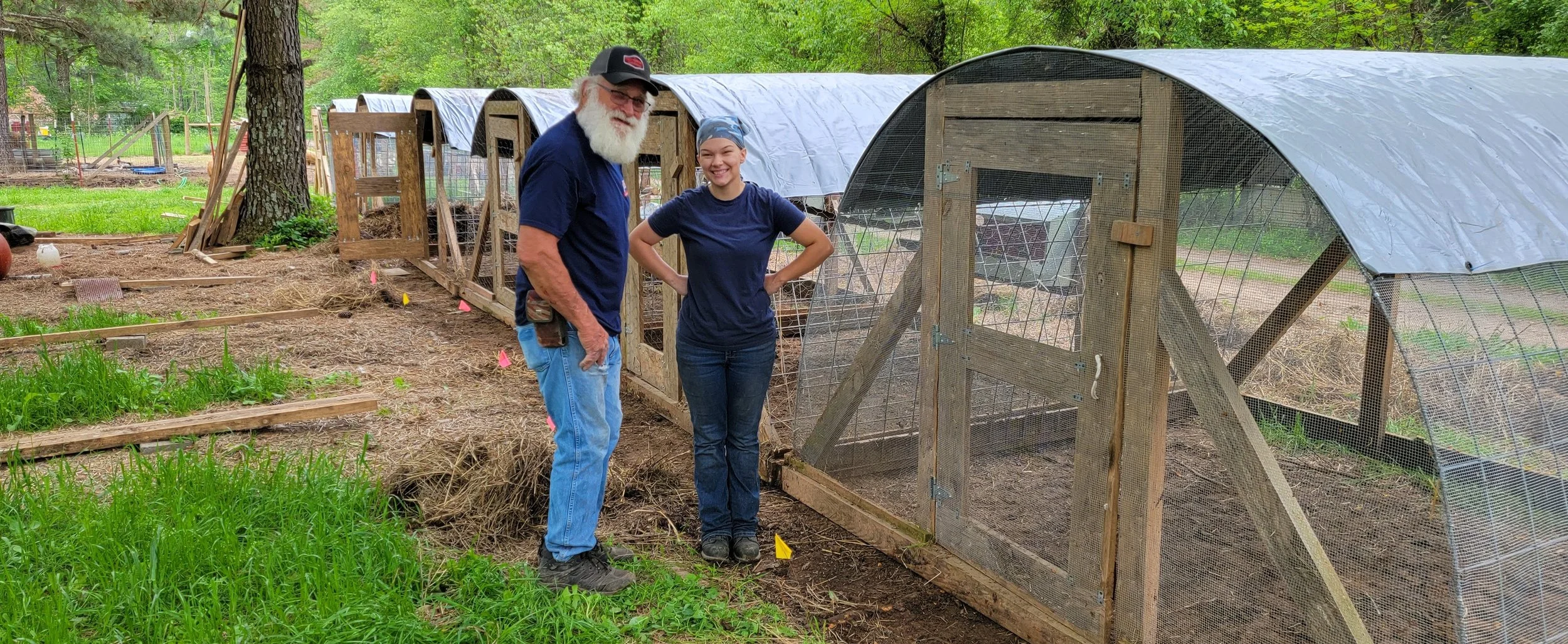


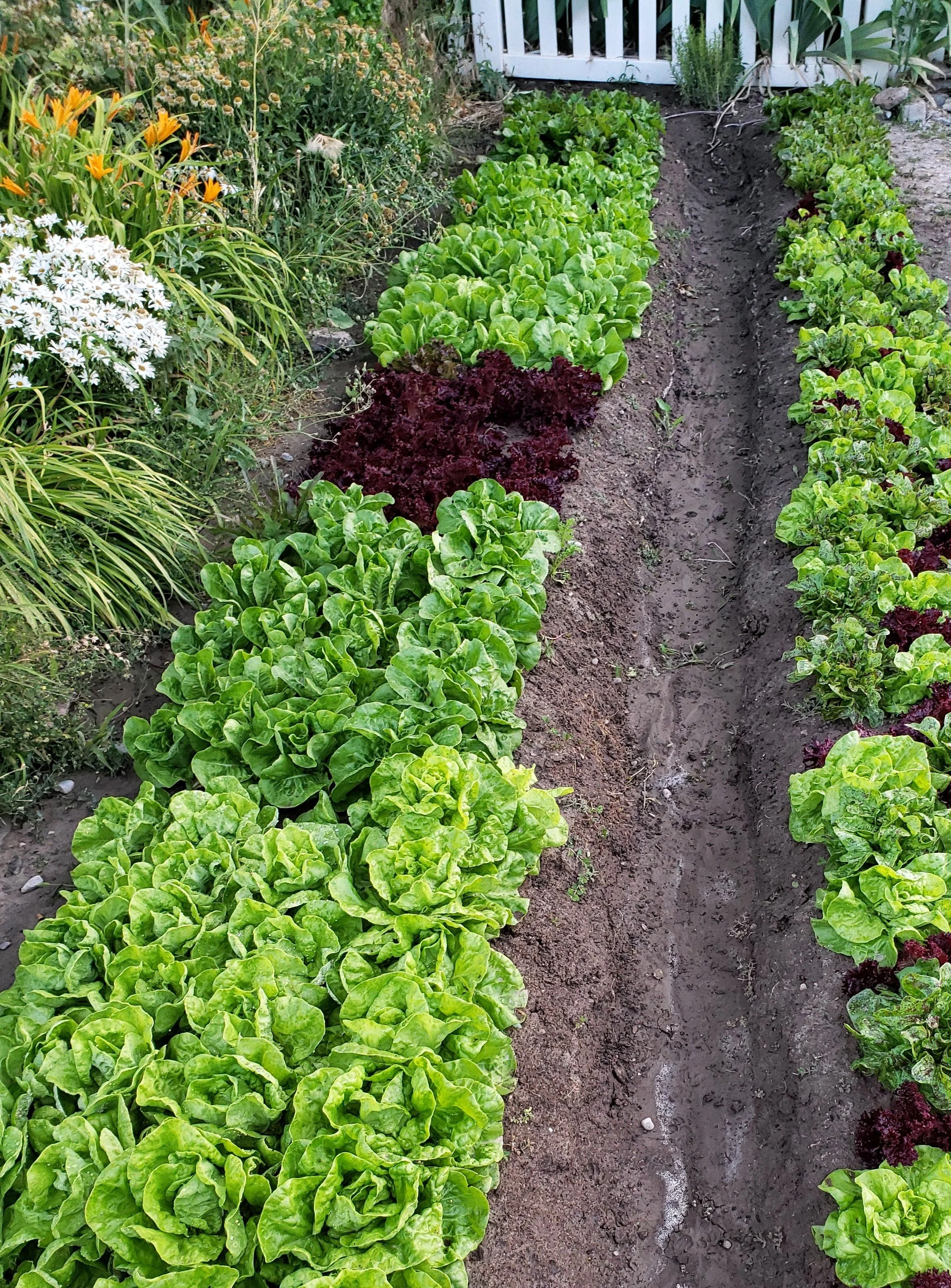




















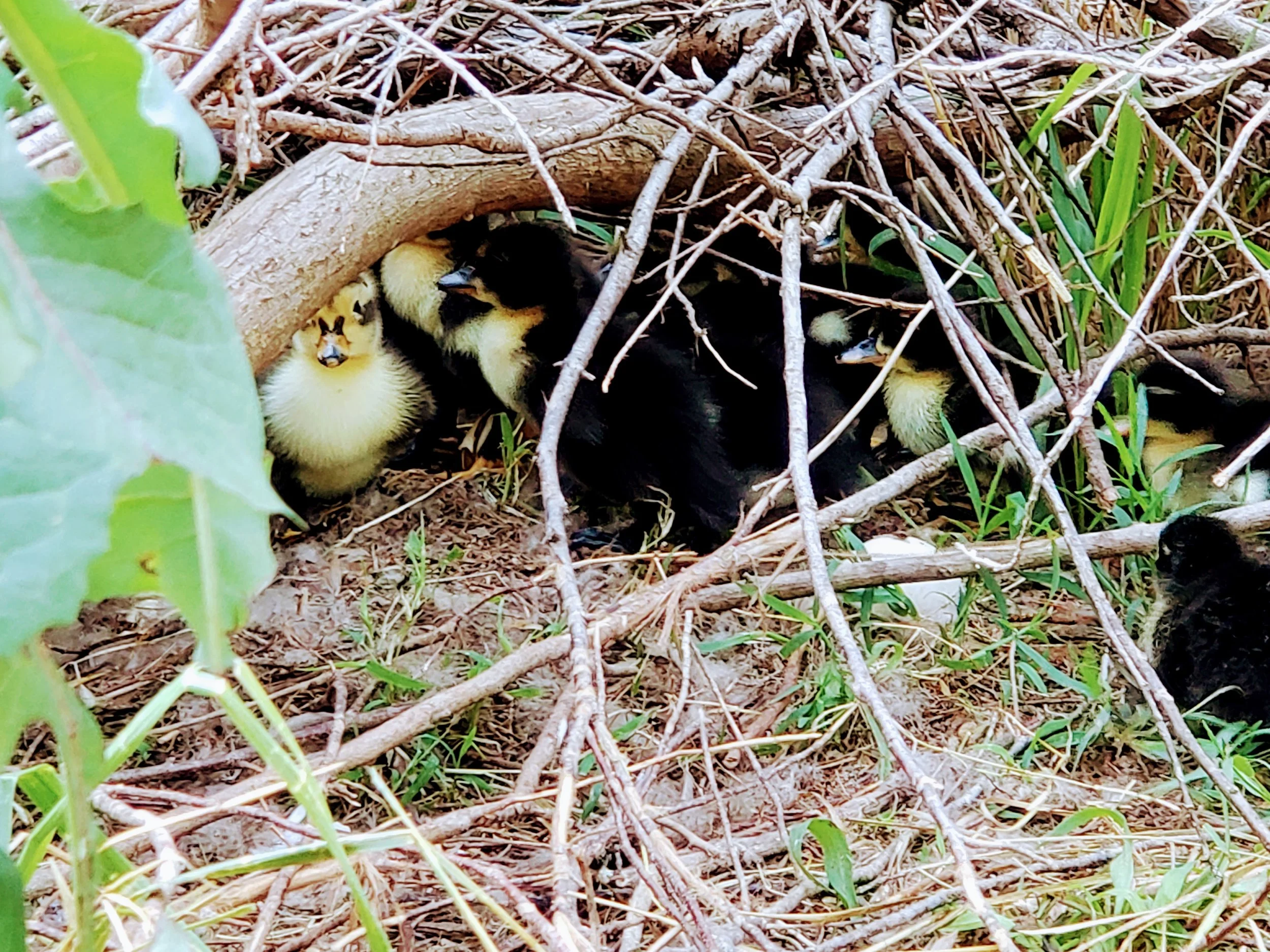






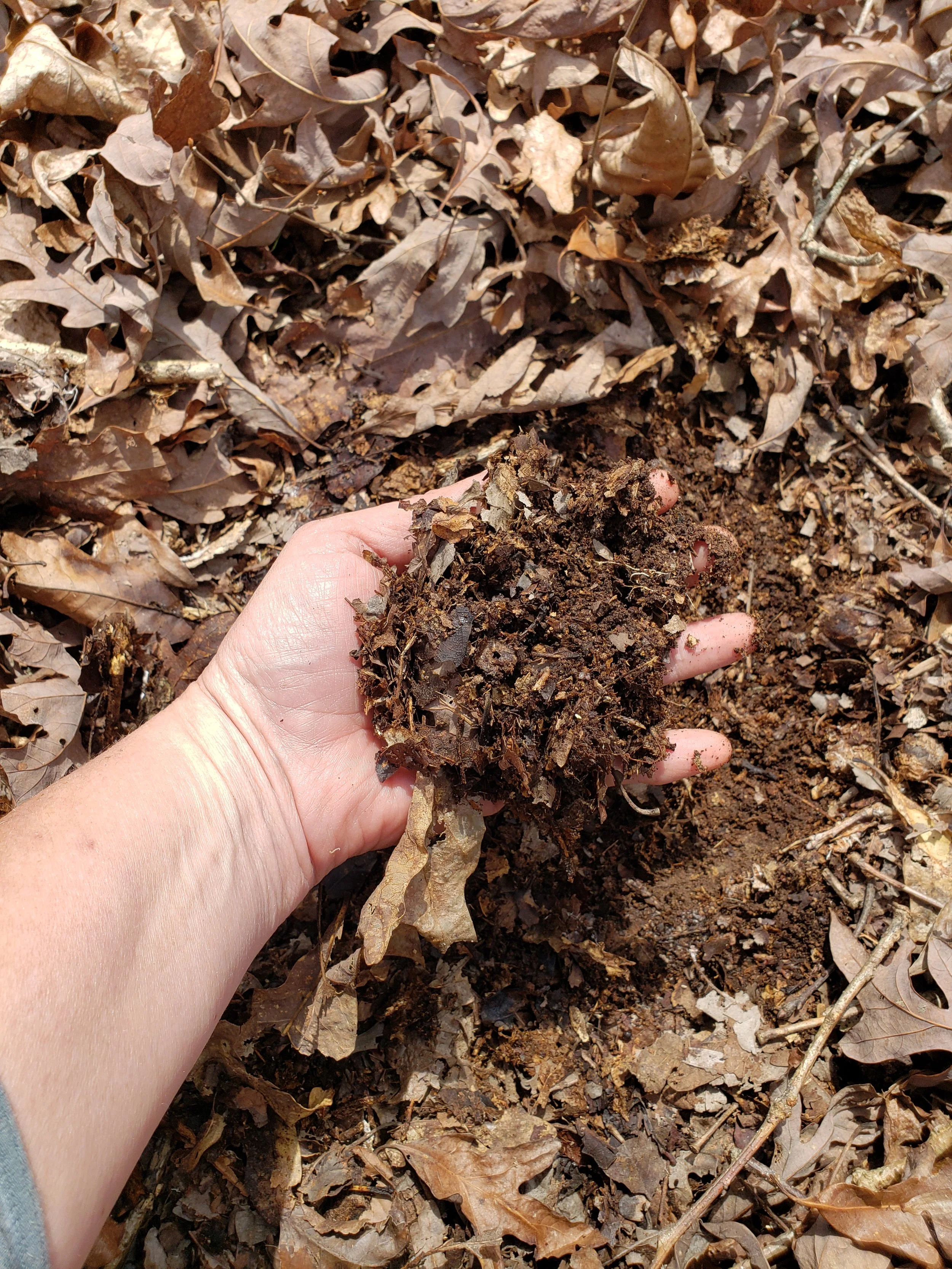




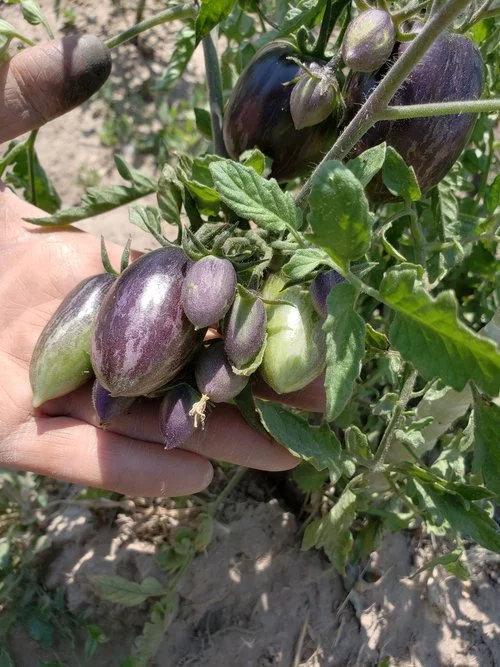

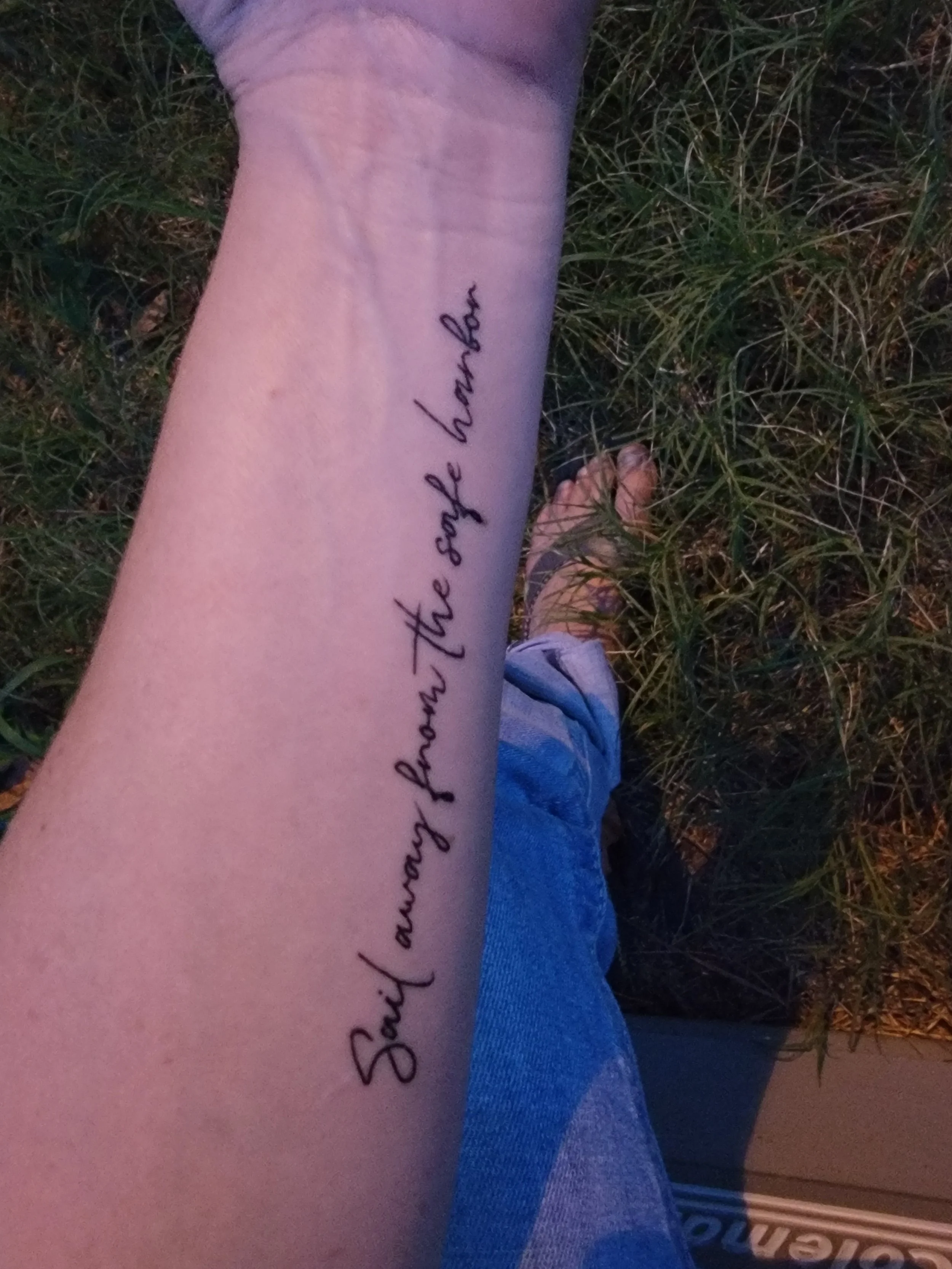
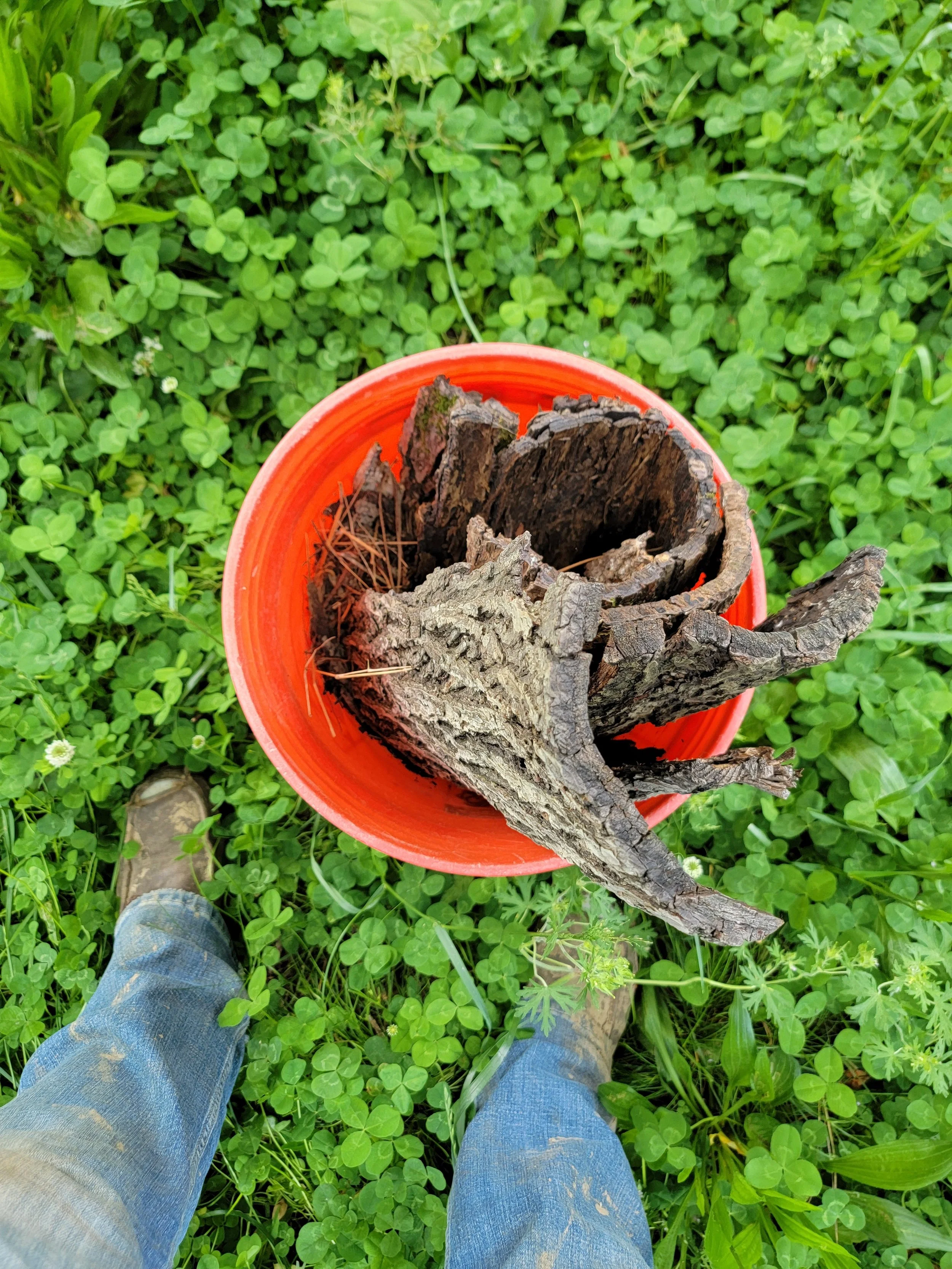


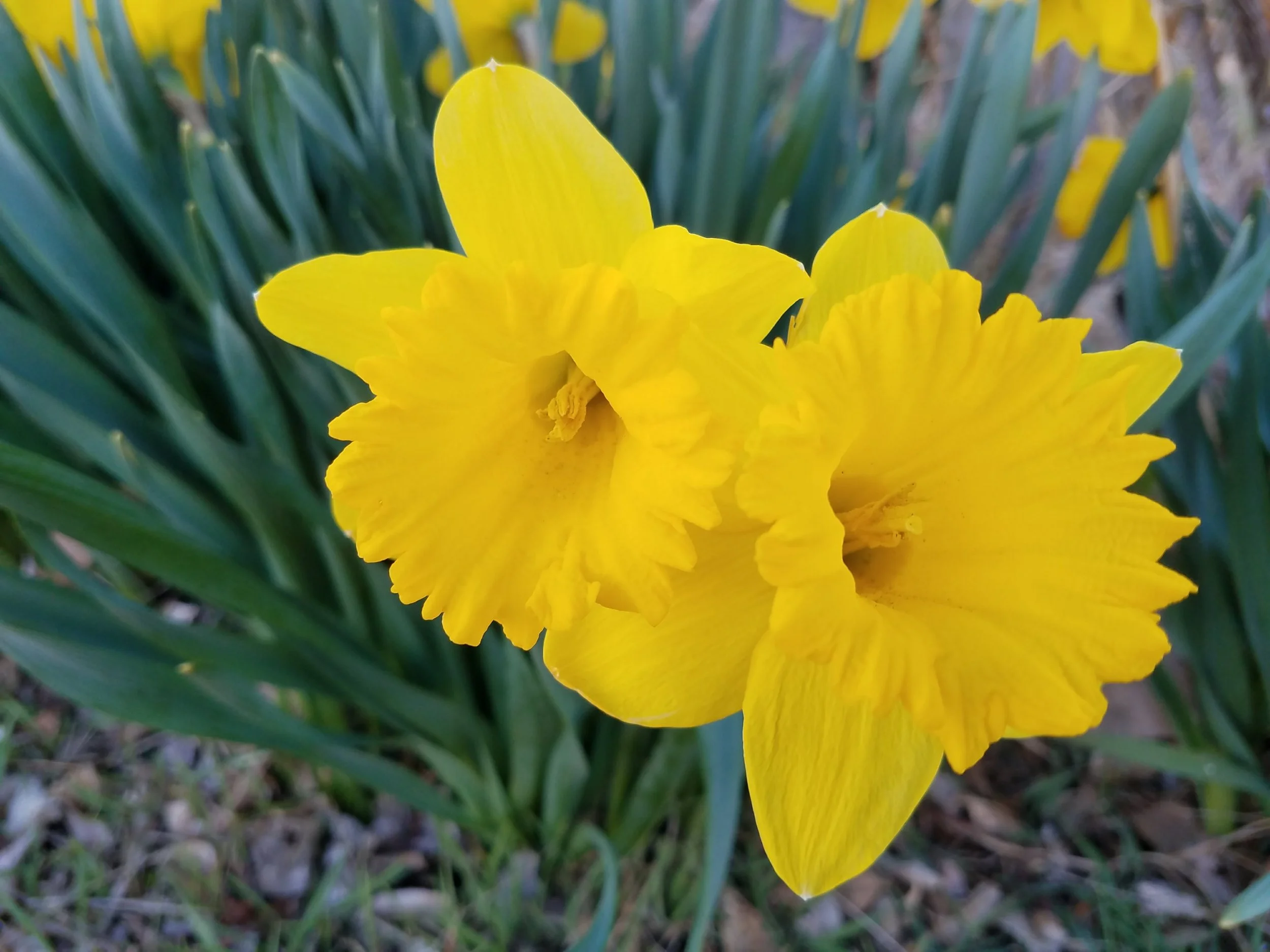

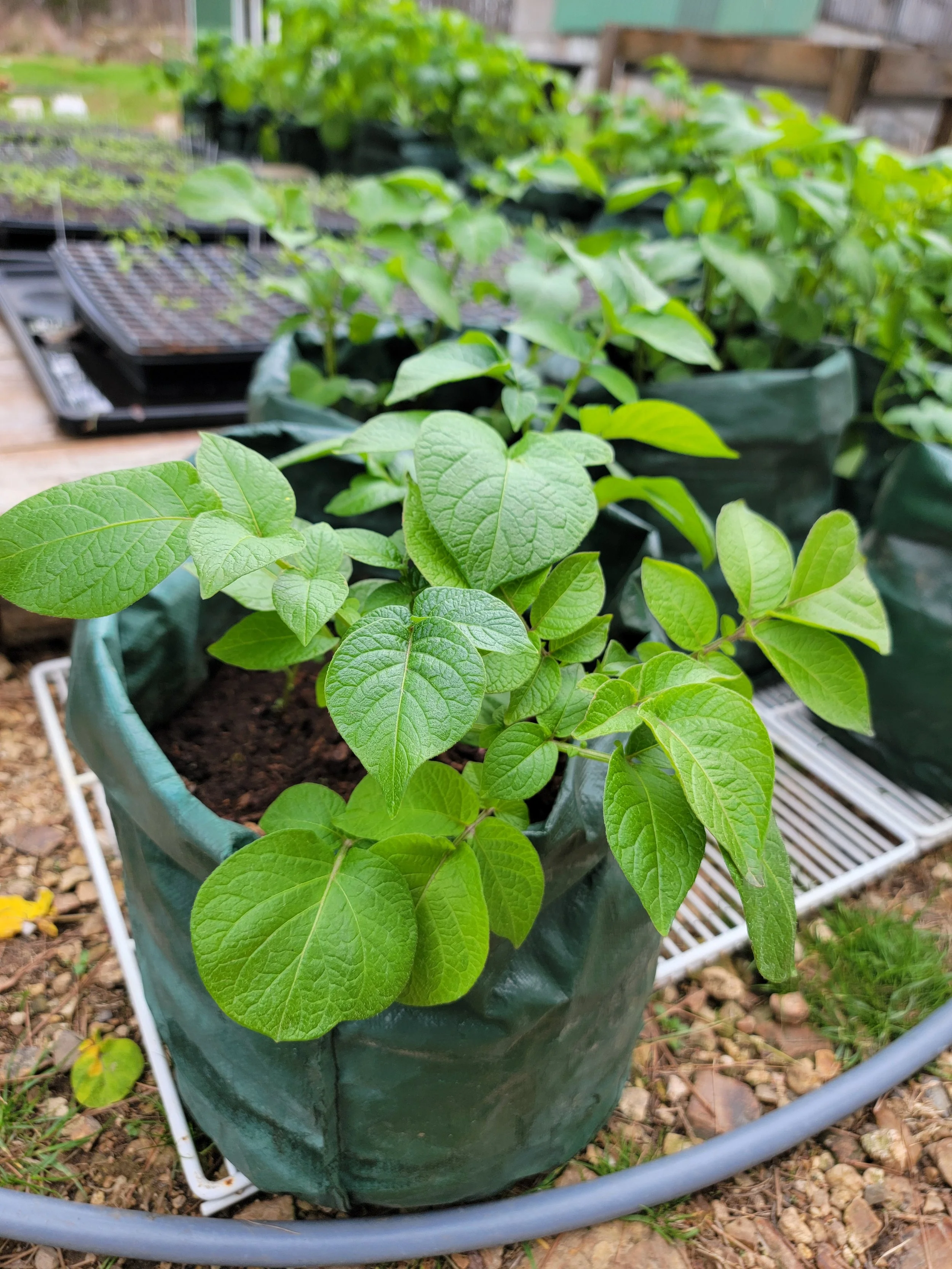










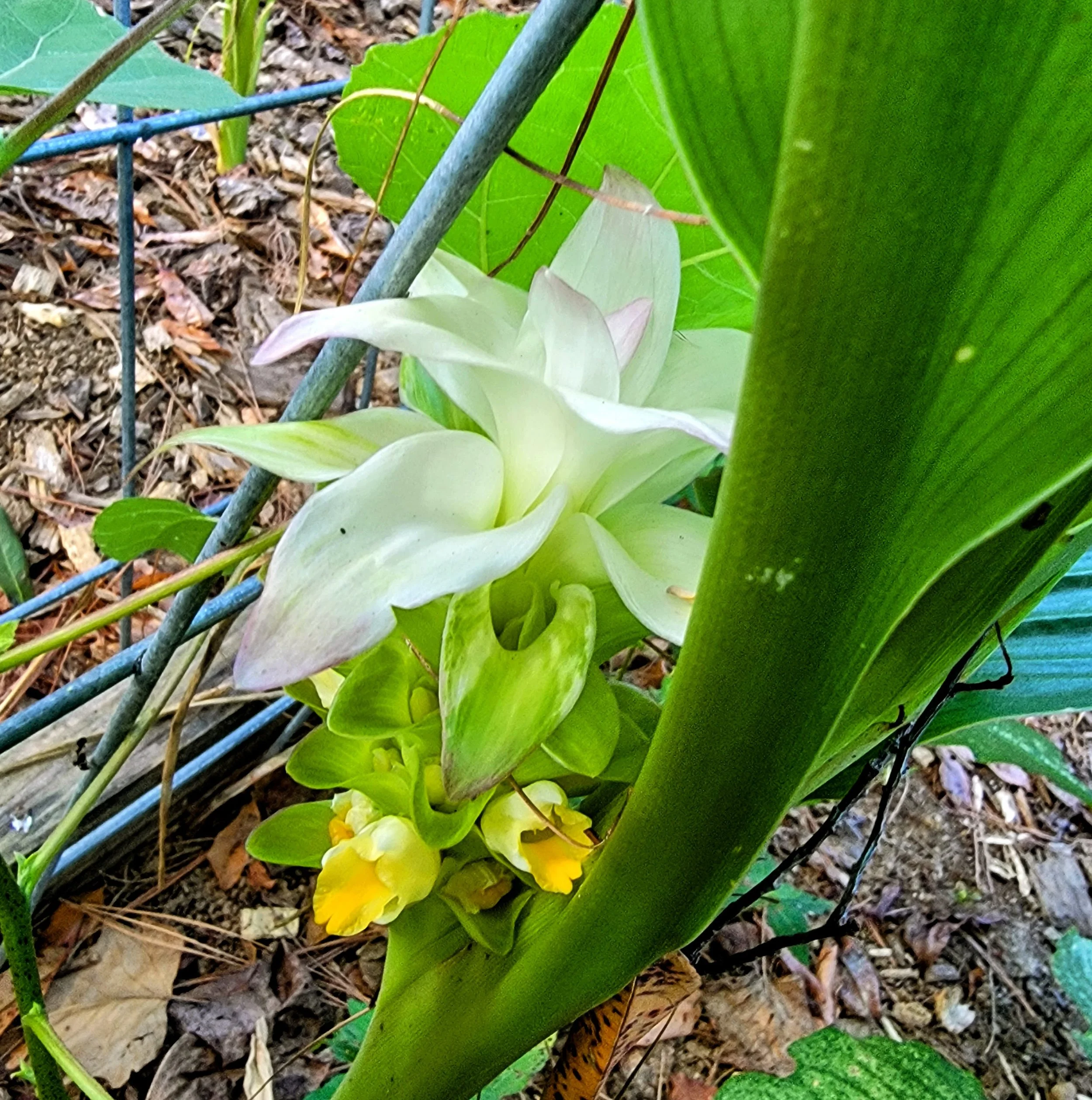

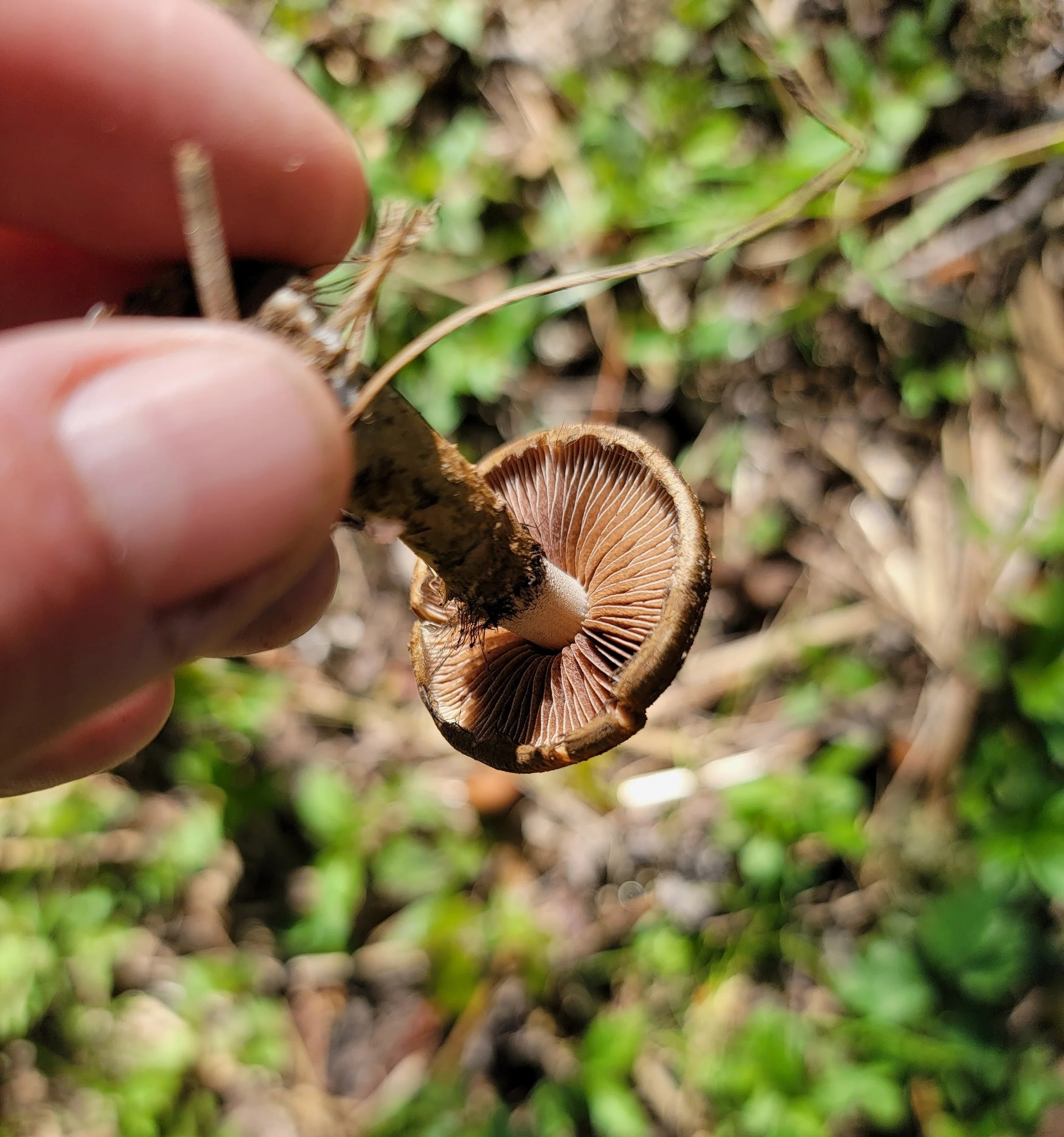



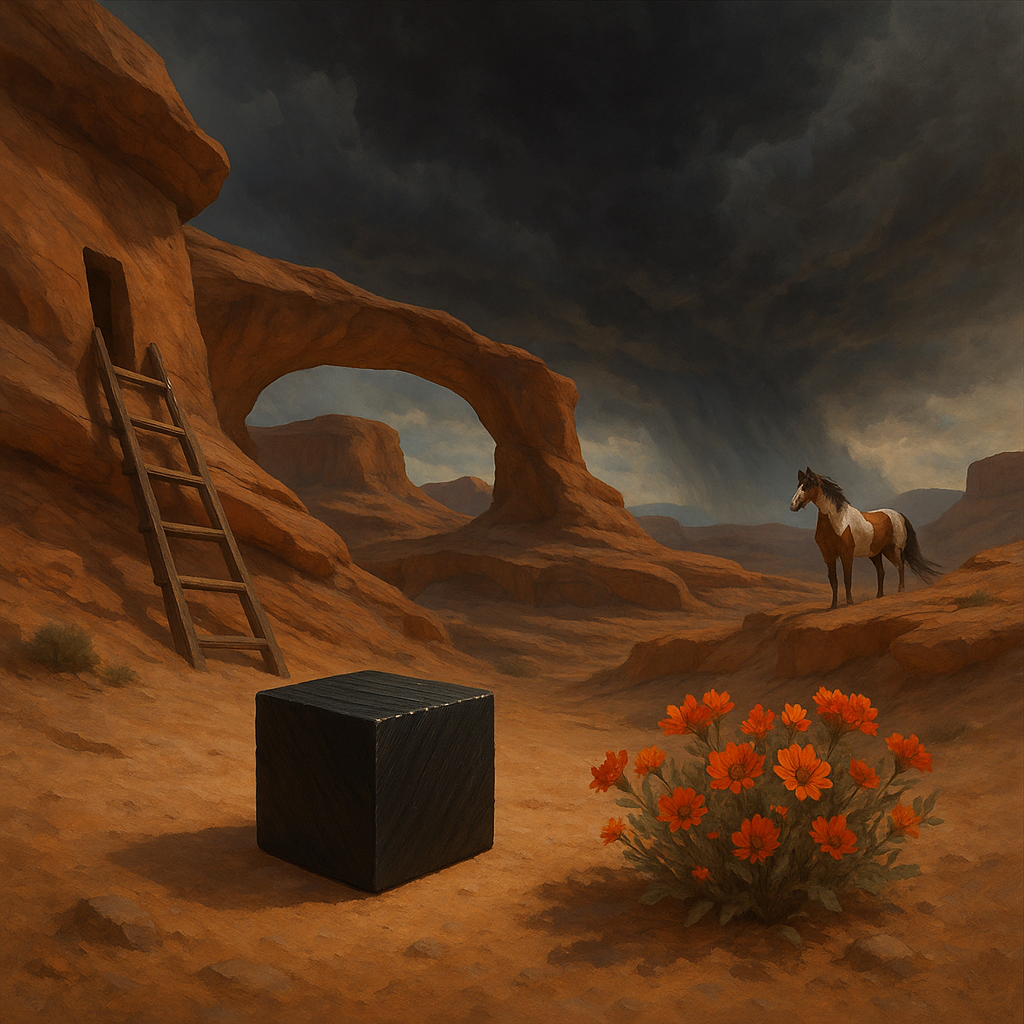


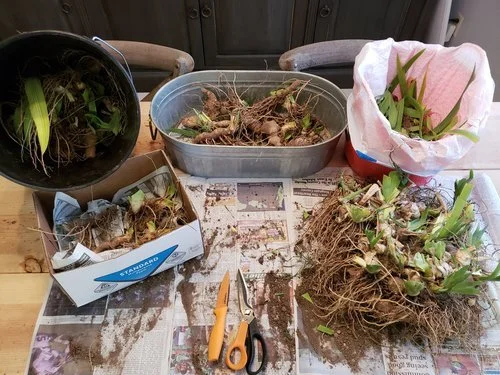
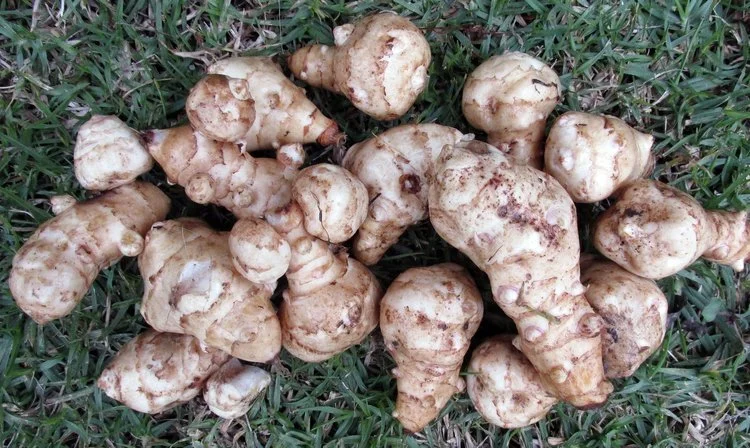
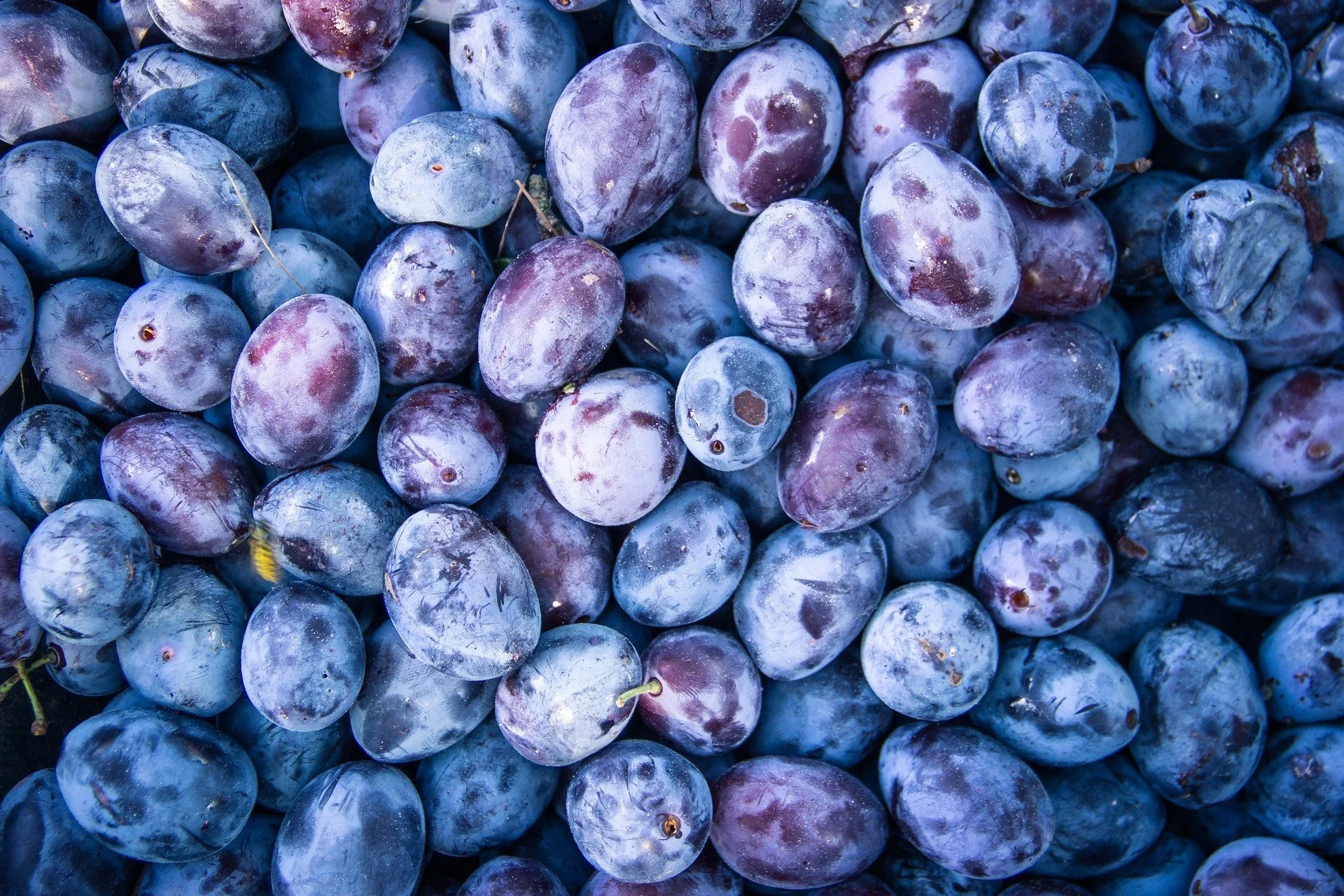


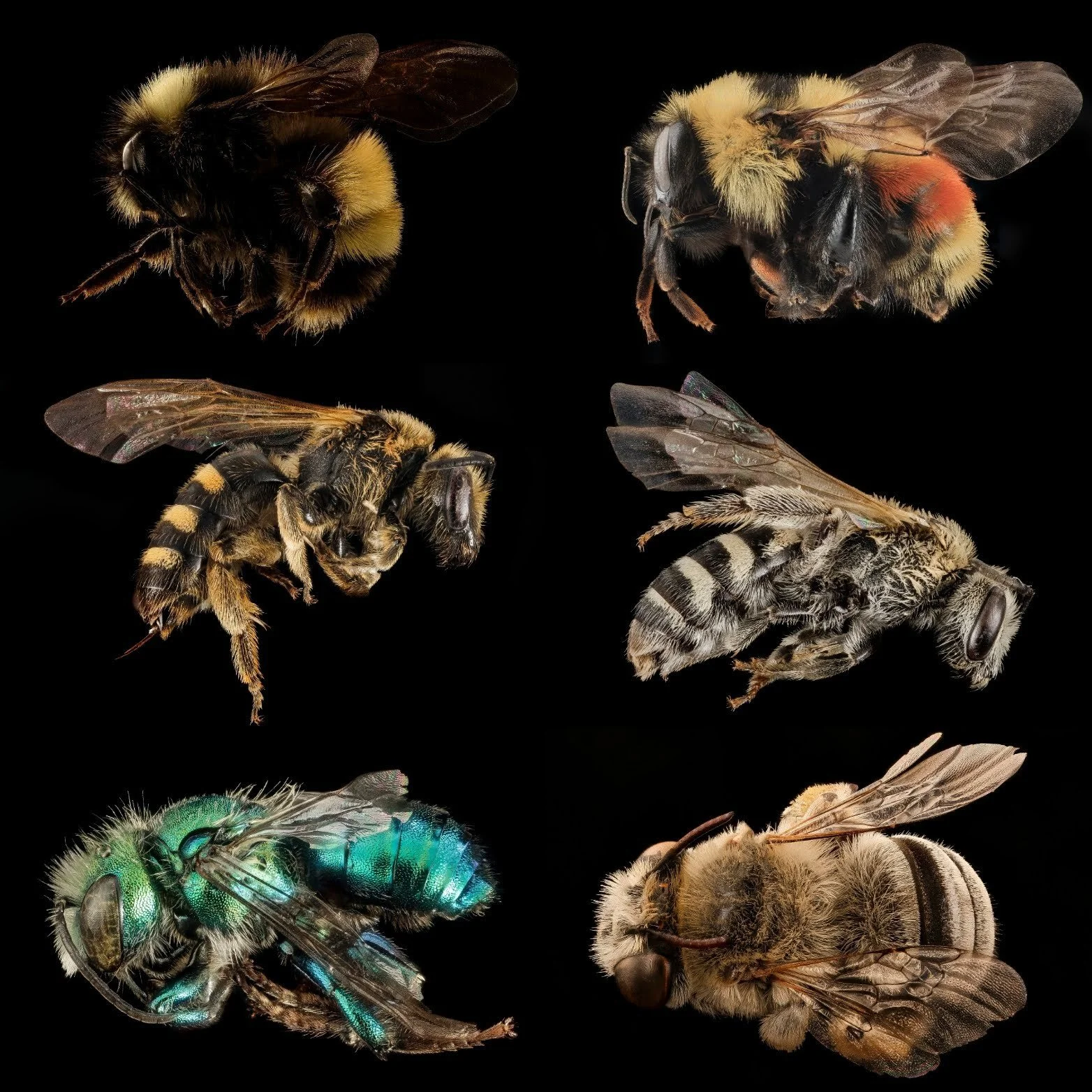
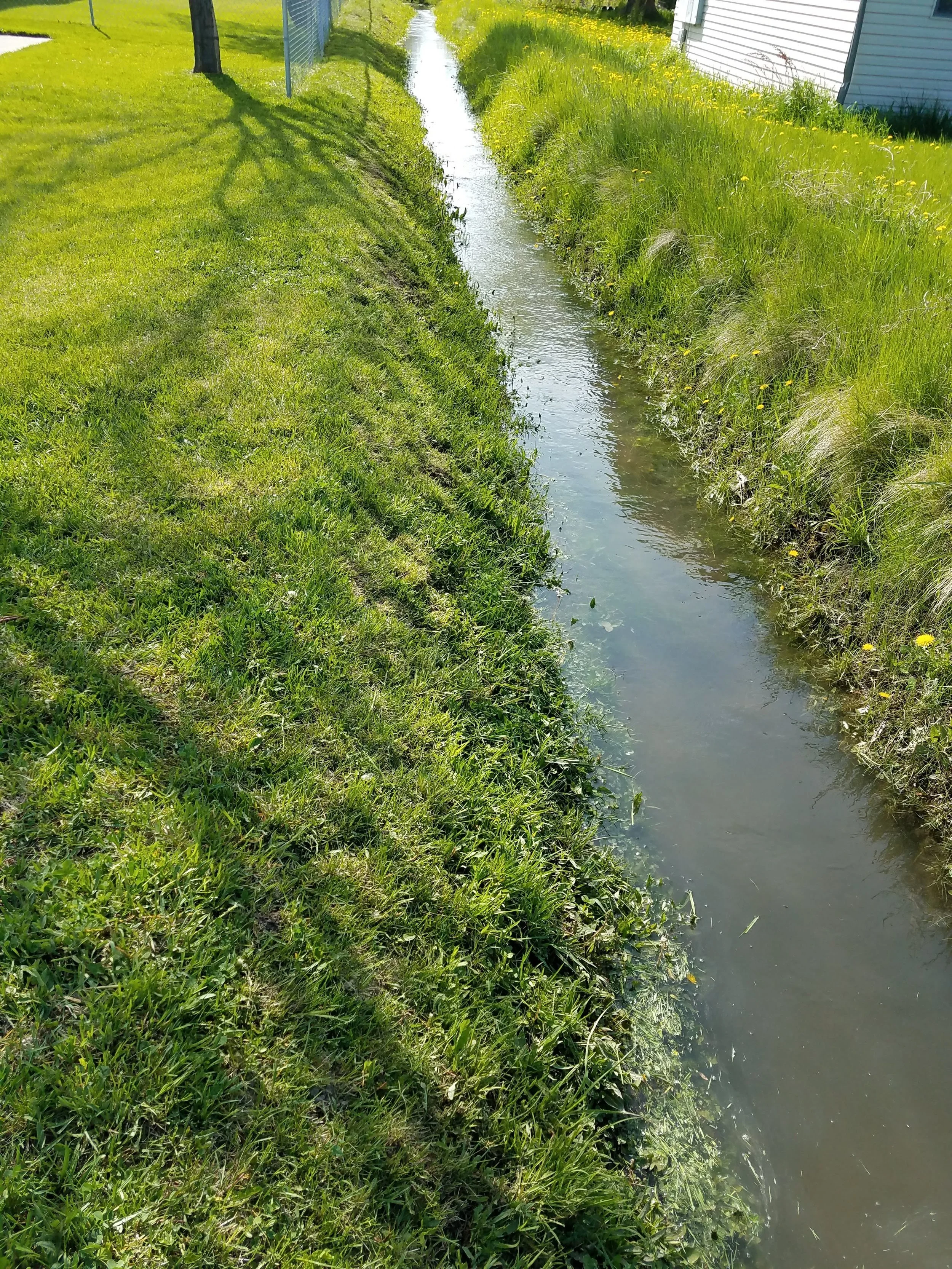
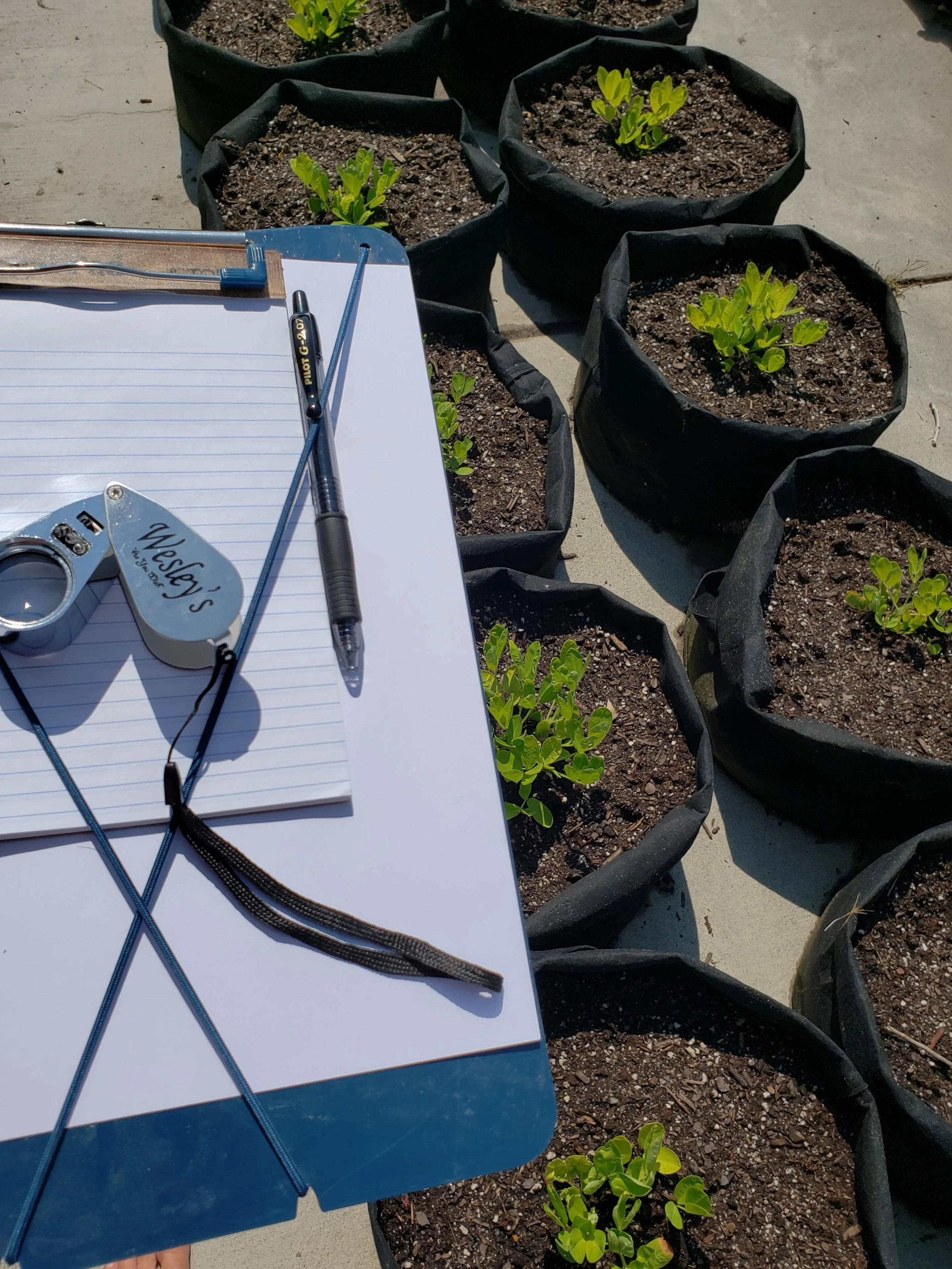







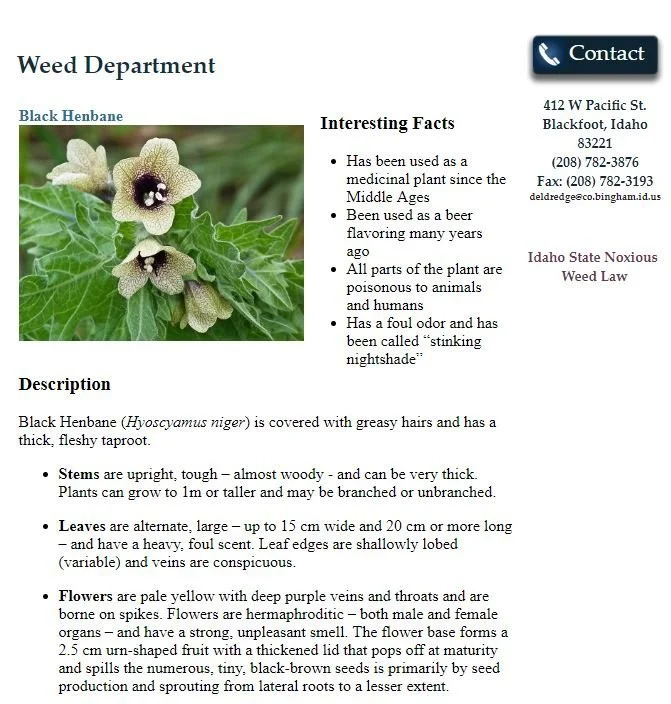
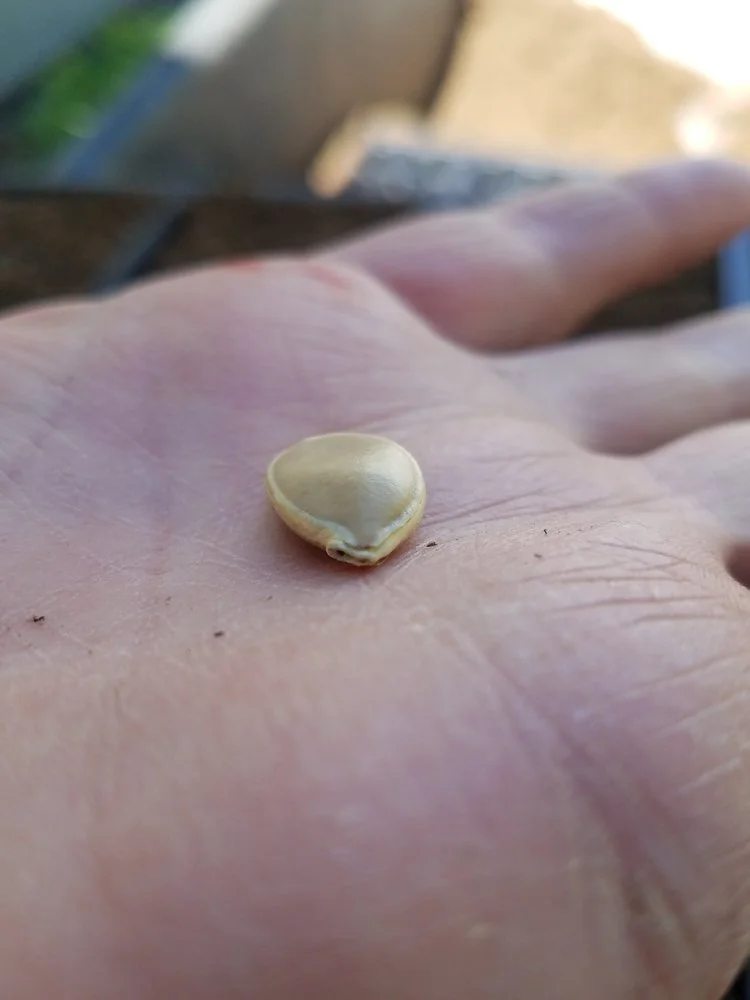

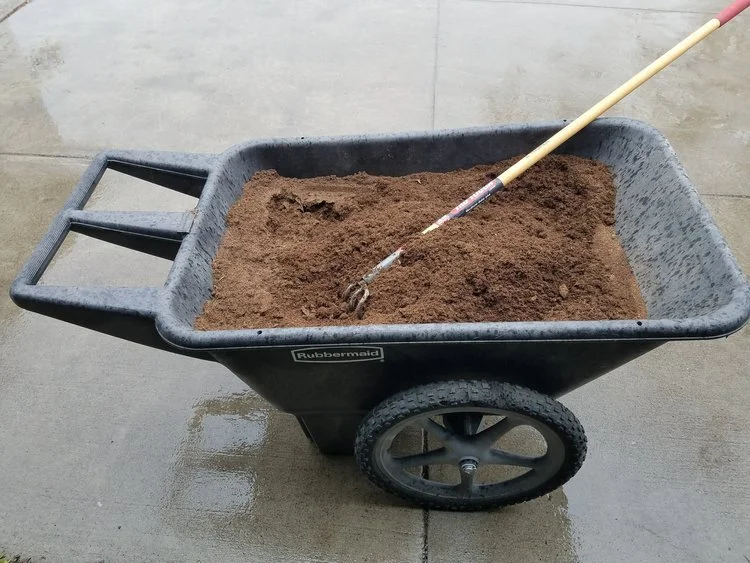
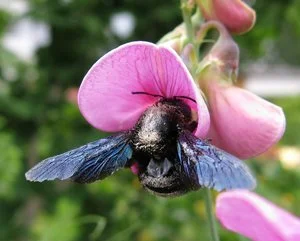
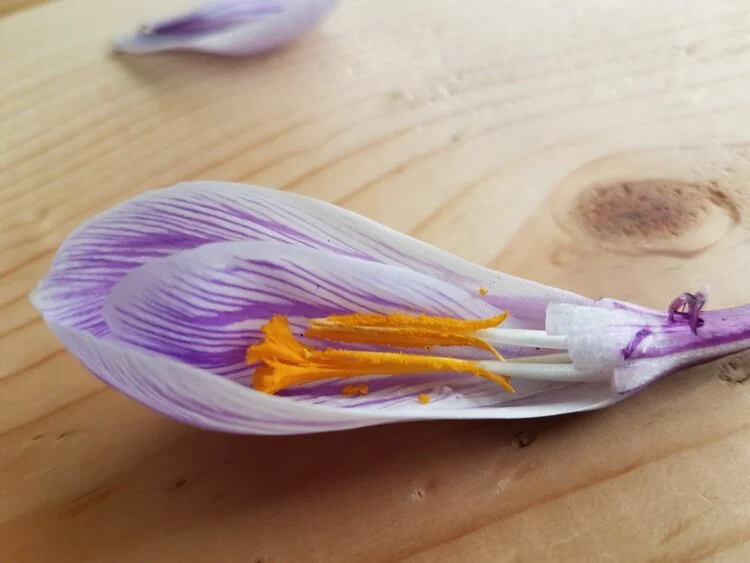

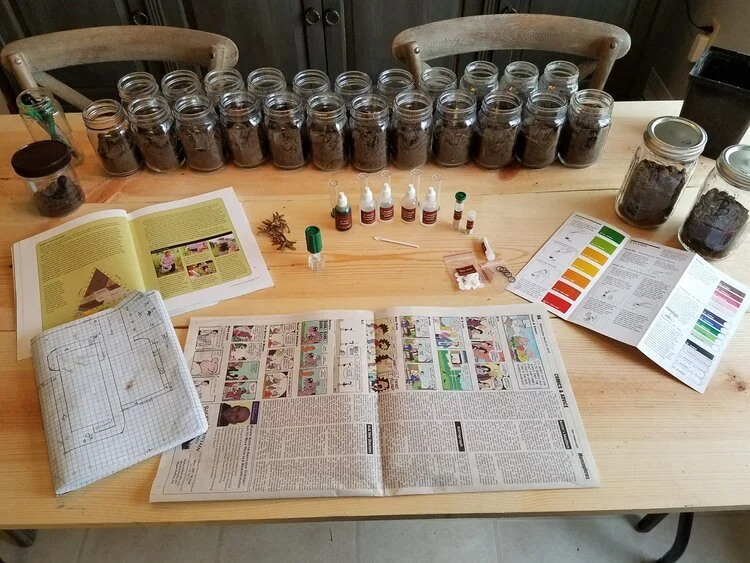







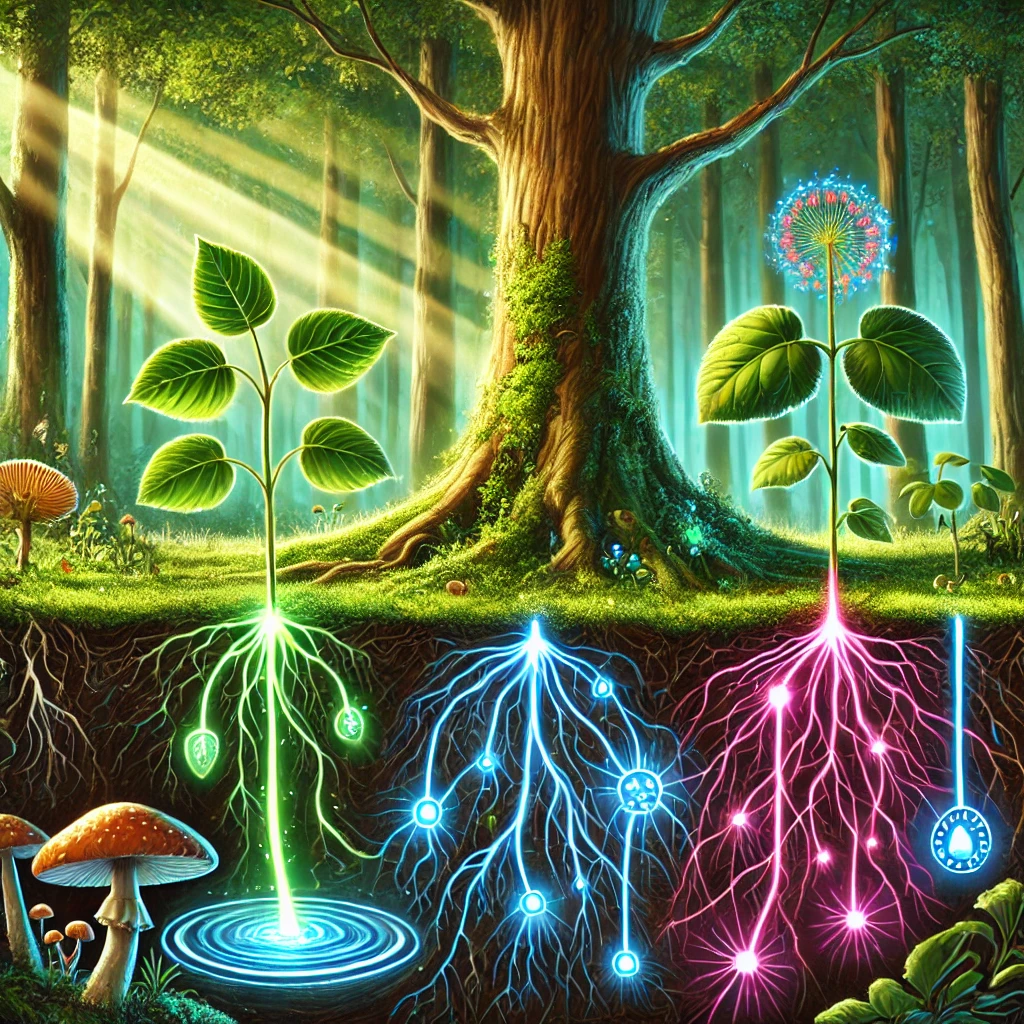


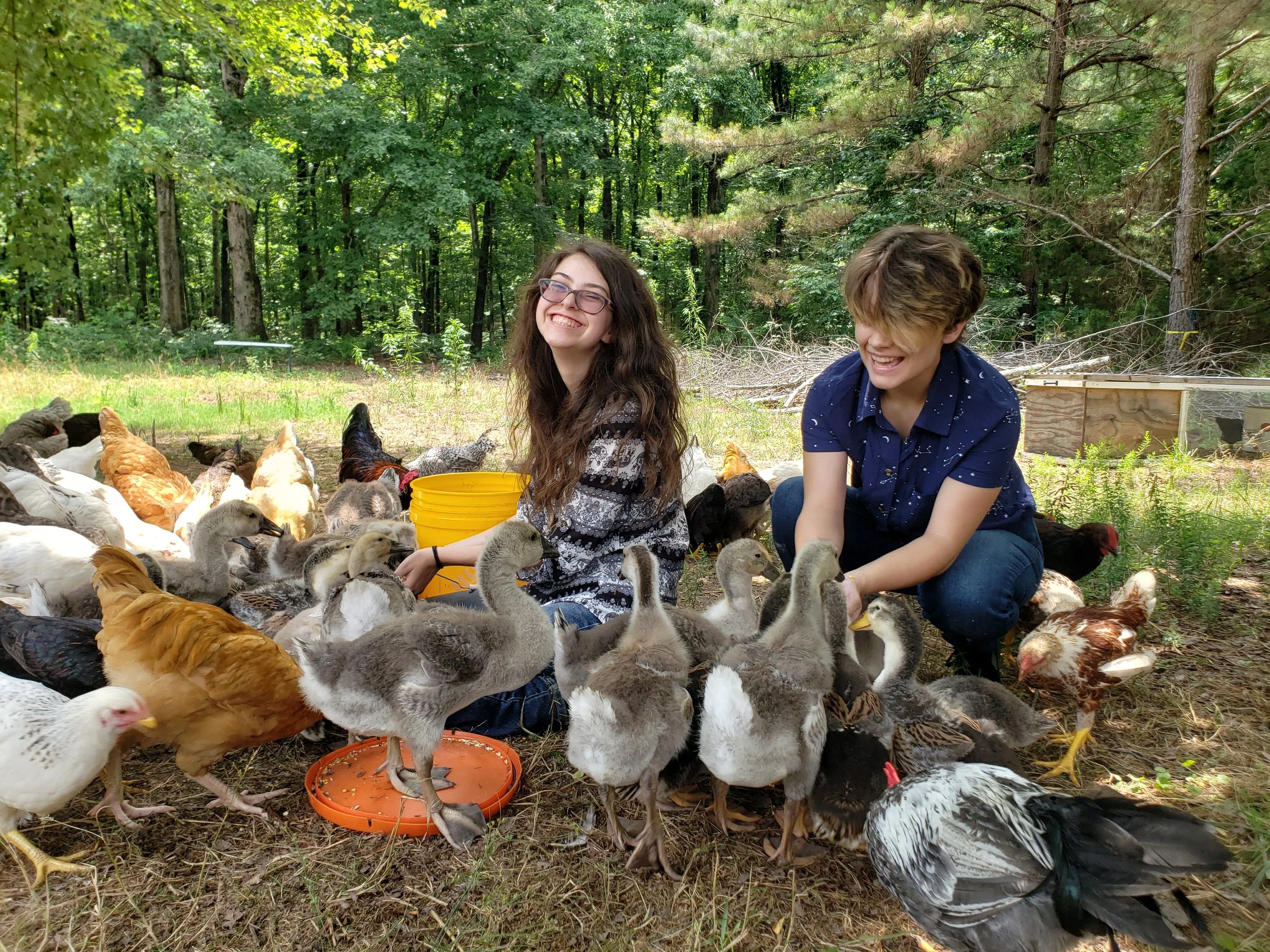


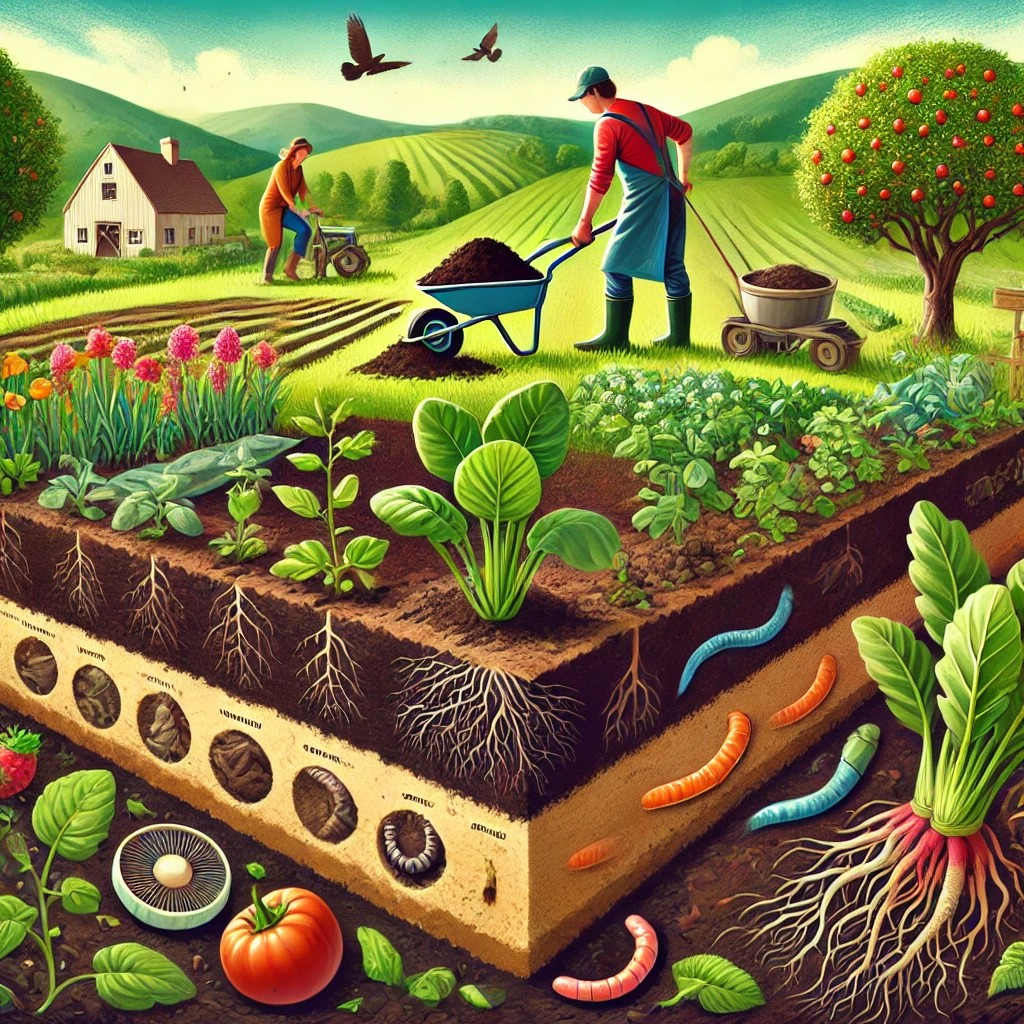


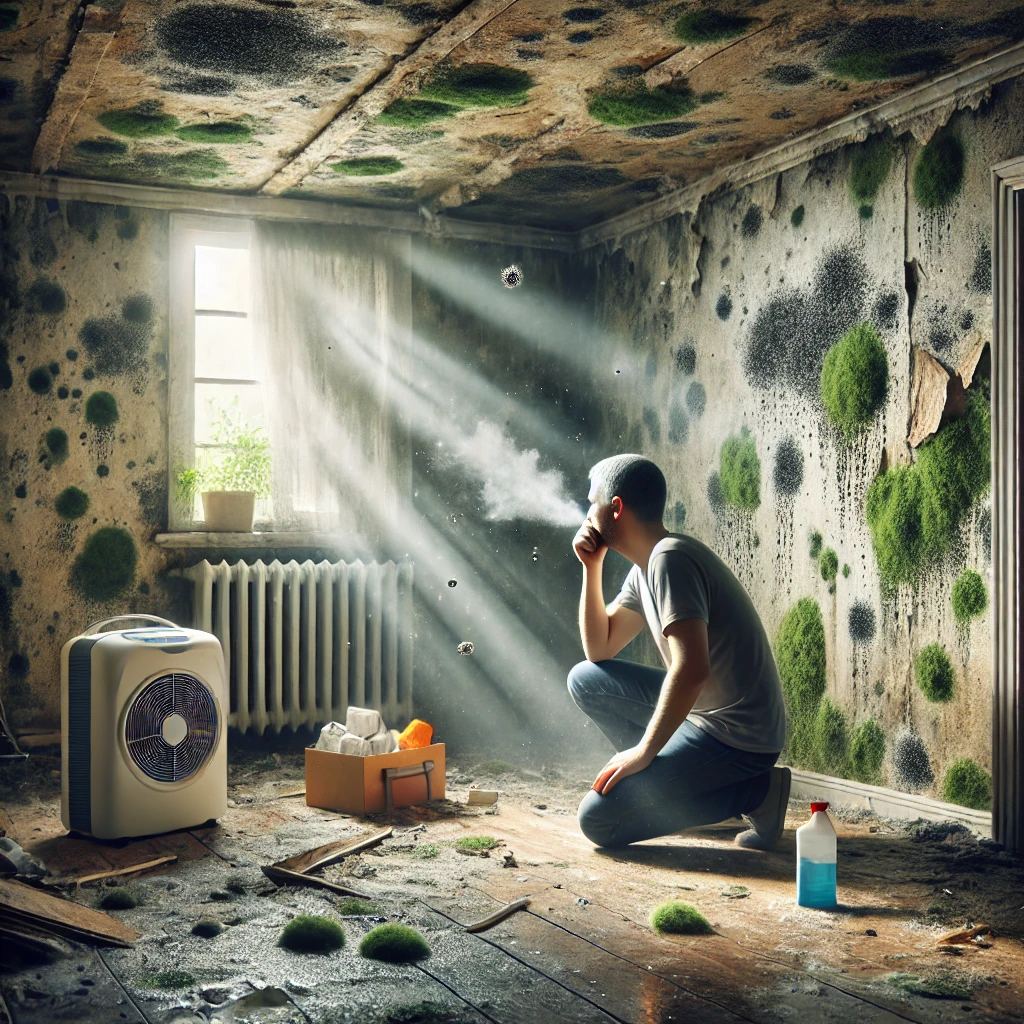



From dusty show rings to prized pumpkins, Part 1 of our County Fair series traces the deep roots of agricultural fairs in American life—where they began, how they shaped rural culture, and why they still matter today.